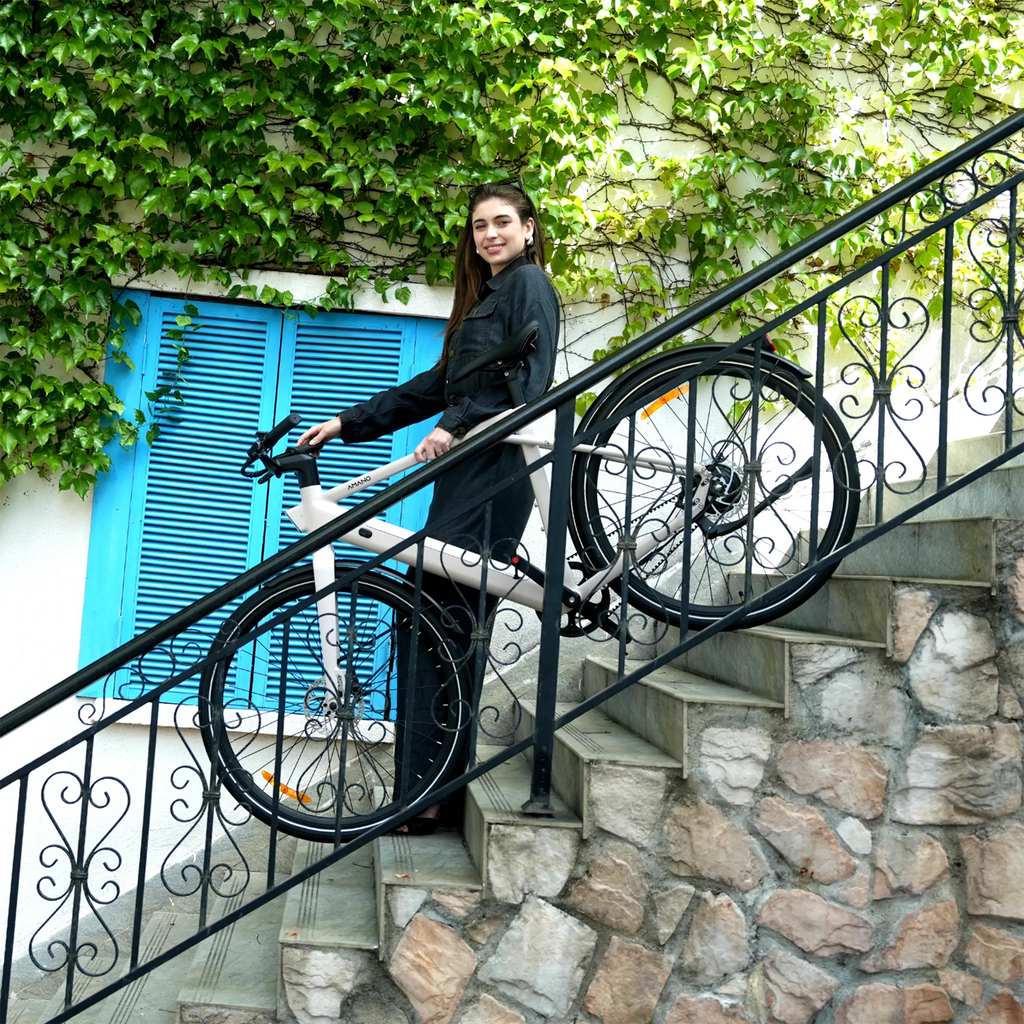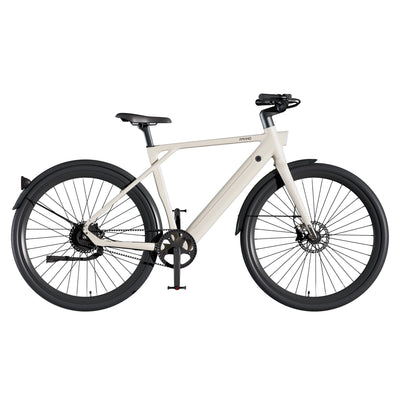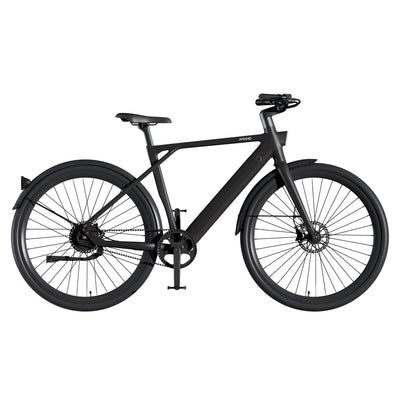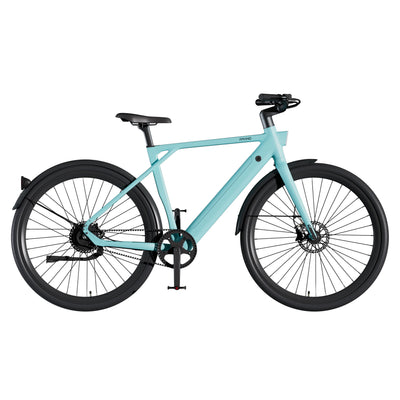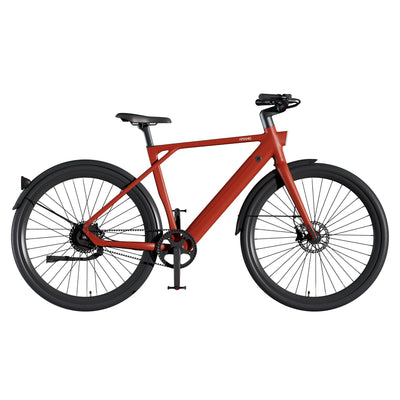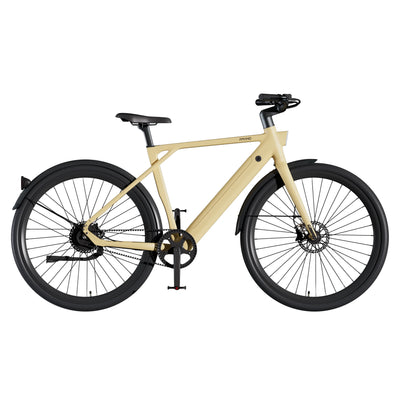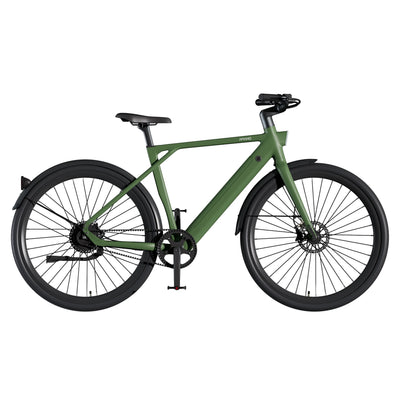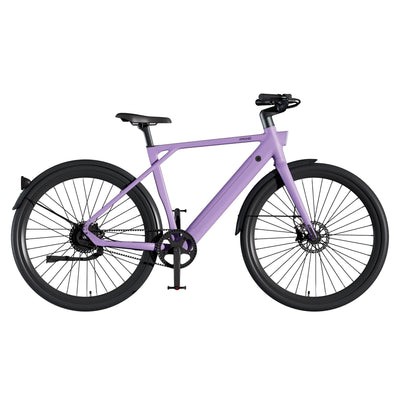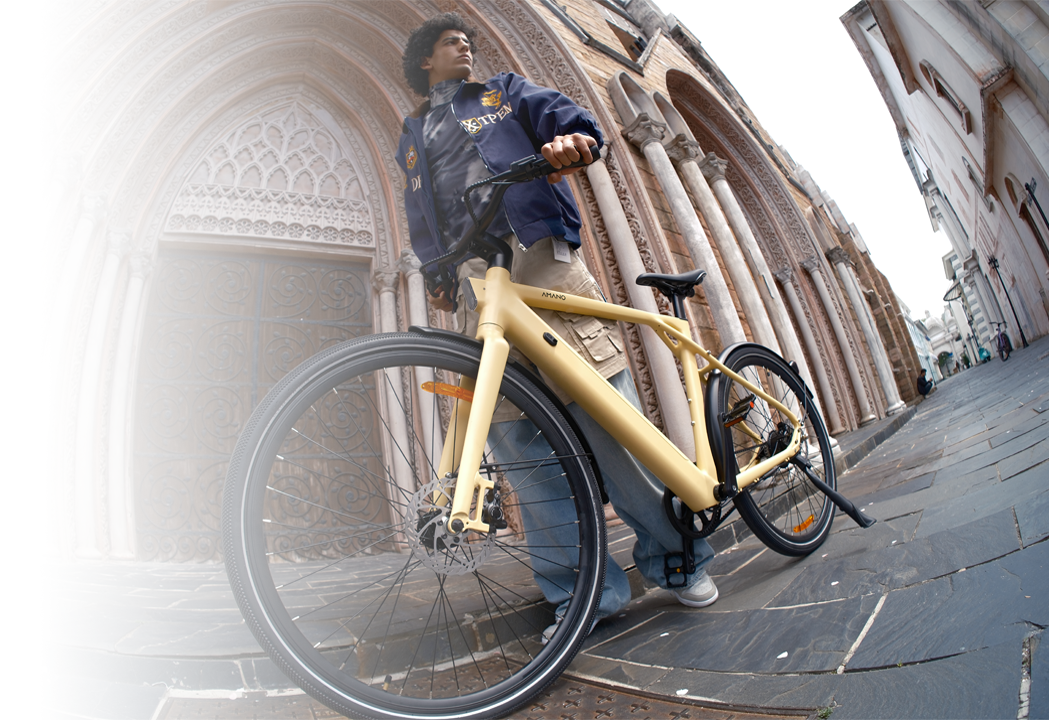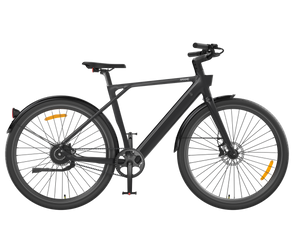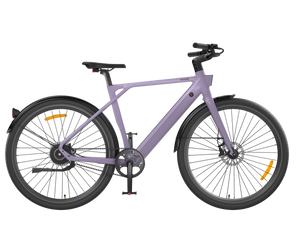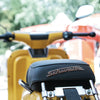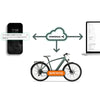That split-second moment when you squeeze the brake lever and feel… nothing but a soft, spongy response? It’s every cyclist’s worst fear. A responsive brake system isn’t just about comfort—it’s your most critical safety feature, especially on e-bikes where speed and weight demand reliable stopping power. The good news? Most brake issues are fixable with basic maintenance, not expensive repairs. Let’s break down why your brakes might be lagging, how to troubleshoot them, and why the AMANO S900 stands out for brake performance you can trust.
E-bike brakes come in two main flavors: mechanical disc brakes (cable-operated) and hydraulic disc brakes (fluid-based). Each has its own set of common issues, but the fixes are straightforward once you know what to look for.
If your brake lever feels loose or takes extra effort to engage, these are the usual suspects:
Loose or Frayed Brake Cables
Symptoms: Lever pulls too close to the handlebar, delayed stopping, or uneven braking.
Why it happens: Cables stretch over time or get dirty, reducing tension. Frayed cables can even snap mid-ride.
Fix:
-
Check the tension adjustment screw on your brake lever—turning it clockwise tightens the cable for snappier response.
-
Inspect cables for fraying. If you see broken strands, replace them immediately (this takes 10 minutes with basic tools).
-
Lubricate cables annually with dry graphite lube to prevent friction buildup.
Worn Brake Pads
Symptoms: Squealing, grinding, or reduced stopping power—especially downhill.
Why it happens: Brake pads wear down from friction, leaving less material to grip the rotor.
Fix:
-
Check pad thickness. If they’re less than 1.5mm thick (about the width of a credit card edge), replace them.
-
Clean pads and rotors with isopropyl alcohol to remove oil or grime—even a tiny bit of grease from your fingers can reduce friction.
-
Pro tip: Save money by buying pad sets with wear indicators—they’ll start squealing when it’s time to replace them.
Symptoms: Rubbing noises while riding, uneven brake wear, or a "sticky" feel.
Why it happens: Calipers (the part that holds the pads) can shift from bumps or loose bolts, creating uneven contact with the rotor.
Fix:
-
Loosen the caliper bolts slightly, squeeze the brake lever to center the pads, then retighten the bolts to 5-6 N·m torque.
-
Spin the wheel—if you hear rubbing, repeat the process until the rotor spins freely without noise.

Hydraulic systems offer smoother, more powerful braking—but they have their own quirks:
Symptoms: Spongy lever feel, inconsistent stopping, or longer braking distance.
Why it happens: Air bubbles get trapped in the fluid, compressing when you squeeze the lever instead of transferring force.
Fix:
-
For minor cases, try gently pumping the lever 10-15 times to dislodge small bubbles.
-
For persistent sponginess, the system needs bleeding to remove air. While pros can do this in minutes, home mechanics can use bleed kits with "Bleeding Edge" technology that simplifies the process.
-
Pro tip: Hydraulic brakes rarely need bleeding if maintained properly—usually only every 1-2 years.
Symptoms: Levers feel rock-hard or suddenly go soft, visible fluid leaks near calipers.
Why it happens: Fluid levels drop over time, or moisture seeps in, reducing effectiveness.
Fix:
-
Check the fluid reservoir (usually near the brake lever) and top up with the manufacturer-recommended fluid (DOT or mineral oil—never mix them!).
-
If fluid looks cloudy or brown, flush the entire system—contaminated fluid causes corrosion and brake fade.
Symptoms: Wet spots around calipers, fluid dripping, or sudden loss of pressure.
Why it happens: Seals degrade from heat or age, letting fluid escape.
Fix: This is one job for professionals. A technician can replace worn seals and refill the system to restore performance.
Preventive maintenance beats emergency repairs—add these to your routine:
-
Squeeze levers: They should feel firm, not soft or sticky.
-
Spin wheels: Listen for rubbing (signals misalignment).
-
Inspect pads: Look for wear or embedded debris (small rocks can damage rotors!).
-
Wipe rotors with isopropyl alcohol to remove oil and grime.
-
Check cable/hose connections for looseness or damage.
-
For hydraulic brakes, verify fluid levels are within the "safe" range.
A bike tech can:
-
Measure rotor thickness (replace if below 1.5mm).
-
Bleed hydraulic systems to remove air bubbles.
-
Check for frame or fork damage that could affect brake alignment.

If you’re tired of constant brake tweaks and want a system designed for reliability, the AMANO S900 is built with these pain points in mind. Its brake system combines performance and low maintenance:
-
Hydraulic Disc Brake Precision: The S900 uses high-quality hydraulic components that deliver consistent stopping power in all conditions—rain, heat, or downhill stretches. No more cable stretch or uneven wear to worry about.
-
Aerodynamic, Ergonomic Levers: Textured brake levers provide secure grip even with sweaty hands, while reach adjustment lets you customize the feel for your hand size—critical for quick, confident braking.
-
Easy Maintenance Design: Thanks to "Bleeding Edge" technology, hydraulic fluid changes are fast and hassle-free, taking minutes instead of hours. The calipers stay aligned better than mechanical systems, reducing rubbing issues.
-
Durable Rotors & Pads: The S900’s 160mm rotors dissipate heat effectively (preventing fade on long descents), while organic pads offer quiet operation without sacrificing stopping power.
Whether you’re commuting through busy streets or exploring hilly trails, the S900’s brake system inspires confidence—so you can focus on the ride, not worrying if your brakes will respond when you need them most.
A sluggish brake isn’t just annoying—it’s dangerous. By learning to spot common issues, performing basic maintenance, and choosing a bike with a premium brake system like the AMANO S900, you’ll ensure every ride feels safe and controlled. Remember: Your brakes are your first line of defense—treat them with care, and they’ll have your back when it matters most.
Ready to upgrade to brakes that keep up with your ride? Explore the AMANO S900 and experience the difference responsive braking makes.
